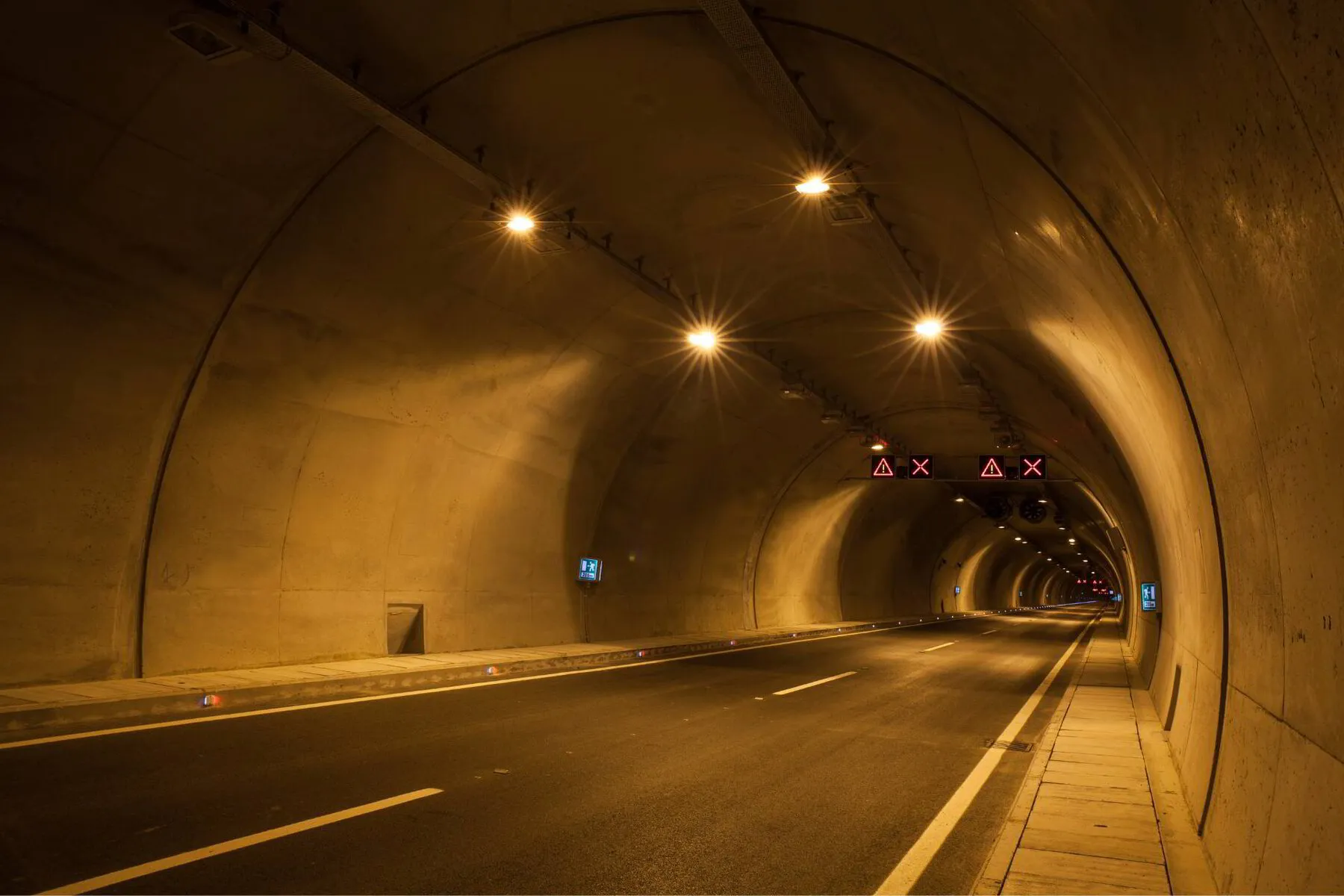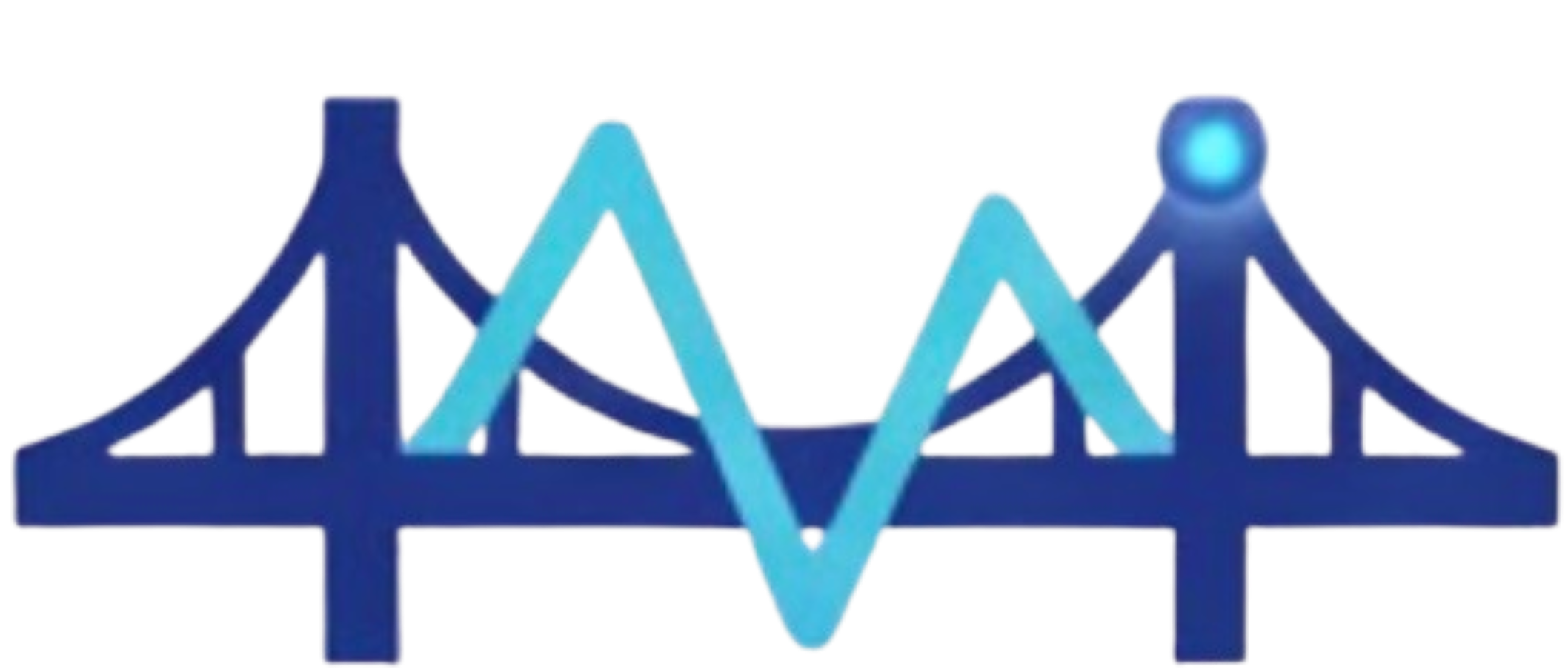
Tunnels and Underground
Tunnel and underground structure monitoring with convergence sensors and seepage detection nationwide.
- Tunnel Convergence Monitoring
- Piezometer and Seepage Monitoring
- Displacement Monitoring
Request a sector consultation
Align your thresholds, instrumentation, and reporting with our PE-led team. We respond within one business day with tailored deployment options.
Tunnels and underground structures represent critical infrastructure supporting transportation, utilities, and urban development nationwide, facing unique structural challenges from ground pressure, water infiltration, seismic activity, and lining deterioration that can affect safety and service reliability. Transportation tunnels, utility tunnels, and underground facilities each present distinct monitoring requirements. Lining convergence, water pressure, and structural movement must be tracked continuously while operations continue above and below ground.
Our monitoring services address the specific concerns of tunnel operators, transportation authorities, and infrastructure managers. We deploy sensors that detect early signs of lining deformation, water infiltration, or structural movement before they affect operations or safety. This proactive approach supports compliance with FHWA tunnel inspection requirements, state regulations, and industry standards while enabling data-driven decisions about maintenance scheduling and rehabilitation projects.
Nationwide deployment ensures consistent monitoring standards across diverse tunnel environments, from urban subway systems to mountain highway tunnels. We work with tunnel engineers to establish alert thresholds that trigger immediate responses to potential structural concerns, reducing service disruptions and ensuring continuous safe operations.
Popular Services in This Sector
Tunnel Convergence Monitoring
Tunnel linings experience ground pressure causing convergence and deformation. Convergence monitoring detects changes that could affect clearances, structural integrity, or operational safety requiring maintenance attention.
Piezometer and Seepage Monitoring
Water infiltration and ground pressure affect tunnel stability and lining performance. Piezometer monitoring tracks water pressure and seepage rates that could compromise structural integrity or create safety hazards.
Displacement Monitoring
Tunnel linings and structural elements experience movement from ground pressure and water forces. Displacement sensors track movement patterns to identify areas needing structural reinforcement or lining repairs before safety issues occur.
Strain Monitoring
Tunnel linings and support elements experience stress from ground loads and water pressure. Strain monitoring identifies overload conditions that could lead to lining failures requiring maintenance or rehabilitation.
Seismic Aftershock Monitoring
Tunnels in seismic zones need post-earthquake assessment capabilities. Seismic monitoring ensures structural integrity following earthquakes and guides service resumption decisions for critical infrastructure.
Long Term Monitoring and Alerts
Tunnel infrastructure requires continuous oversight spanning decades to track lining performance and ground response trends. Long-term monitoring programs provide trend analysis and automated alerts for gradual changes affecting structural integrity.
Frequently Asked Questions
What structural challenges do tunnels face nationwide?
Tunnels face ground pressure, water infiltration, seismic activity, and lining deterioration across diverse environments. We provide monitoring that addresses convergence, water pressure, and structural integrity concerns nationwide.
How does convergence monitoring protect tunnel safety?
Lining deformation affects clearances and structural integrity. Our monitoring detects convergence patterns and provides alerts for conditions requiring immediate attention to maintain safe tunnel operations nationwide.
What role does water monitoring play in tunnel operations?
Water infiltration and pressure affect tunnel stability and can create safety hazards. Our monitoring tracks water conditions and provides alerts for situations requiring drainage or structural reinforcement measures nationwide.
How do you monitor tunnels without disrupting operations?
We use wireless sensors and remote monitoring to minimize operational impact. Our systems nationwide operate continuously during tunnel operations, providing real-time data without affecting transportation or utility services.
Example of Our Capabilities
Sector Type
Tunnels and Underground
Situation
A highway tunnel in California needs monitoring for lining convergence and water infiltration
Our Approach
Install convergence sensors on tunnel linings, piezometers for water pressure monitoring, and displacement sensors on structural elements
Expected Outcome
Real-time structural health dashboard showing convergence rates, water pressure levels, and movement patterns with alerts for maintenance needs
